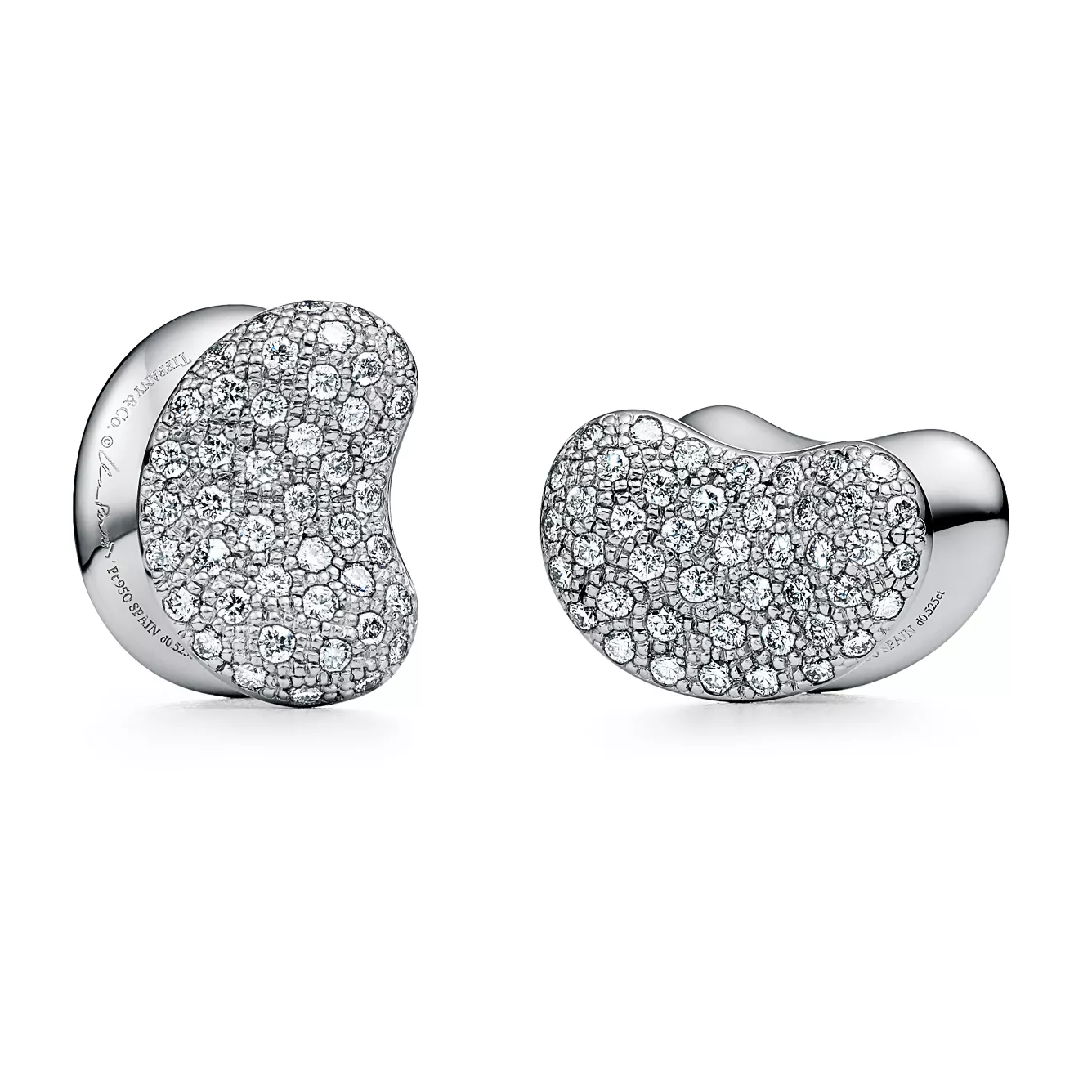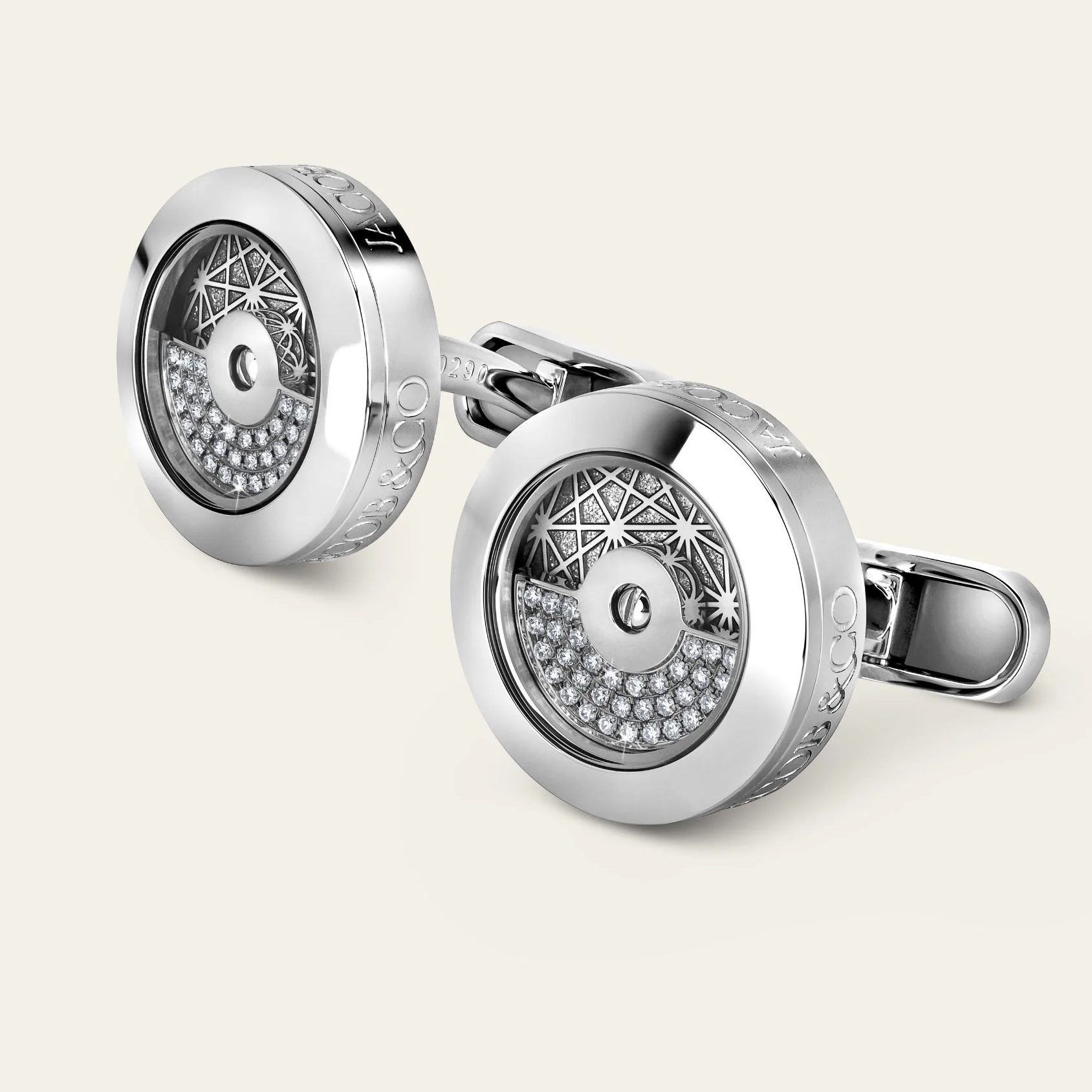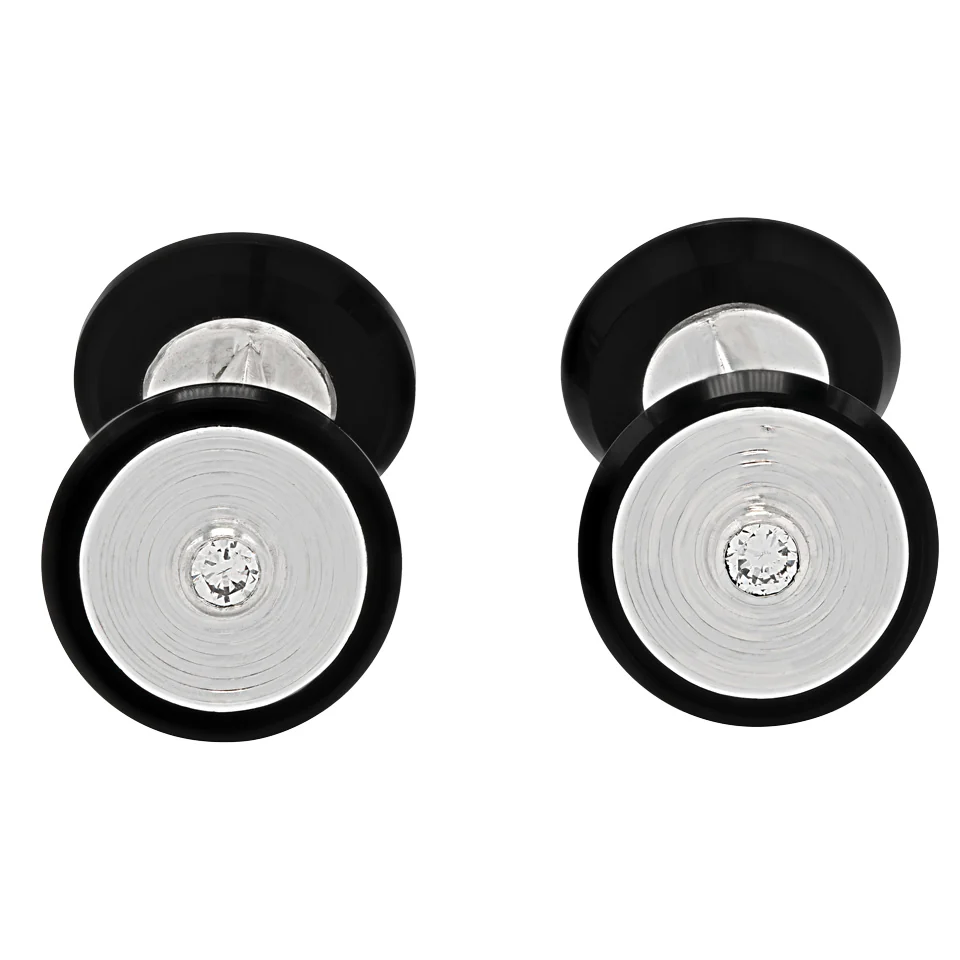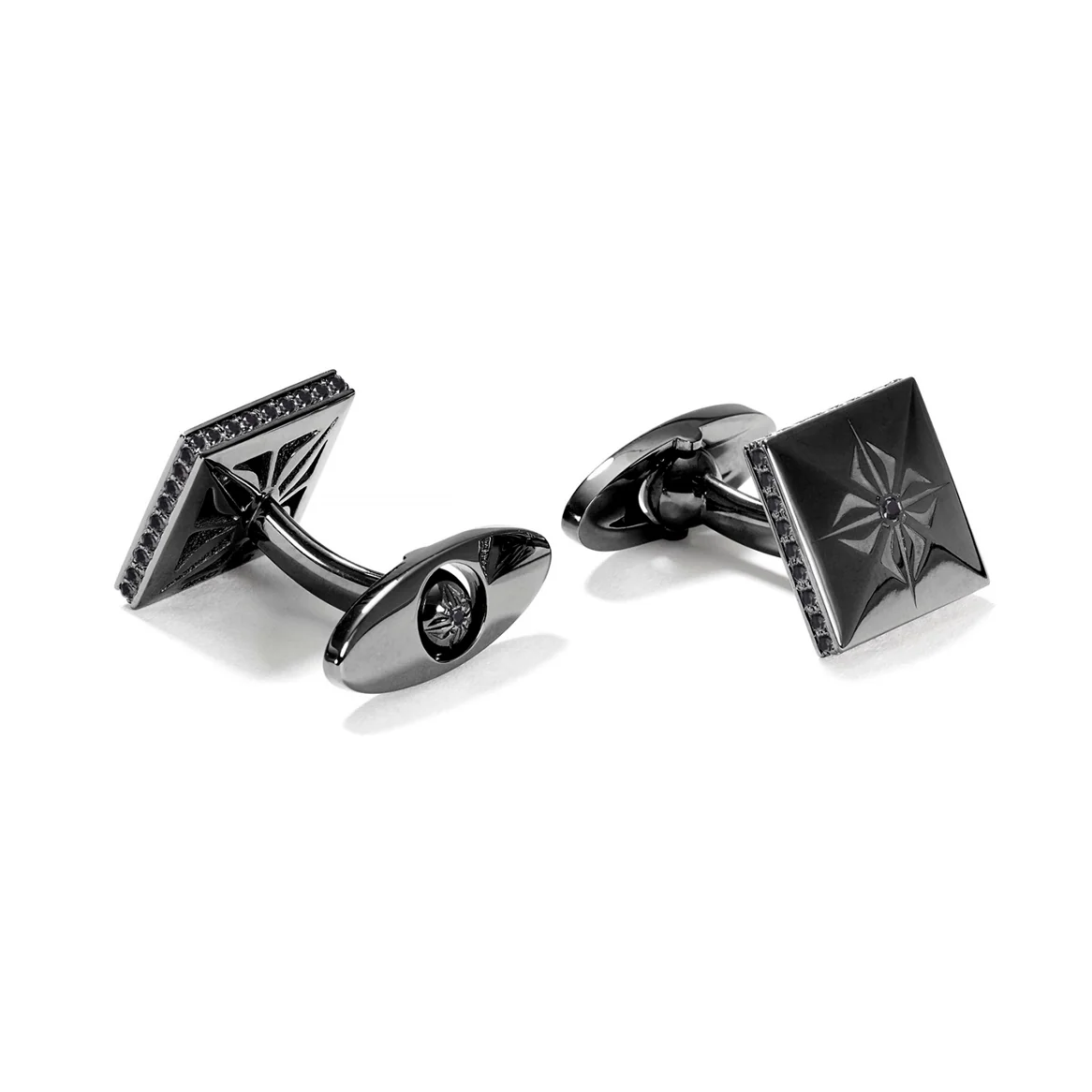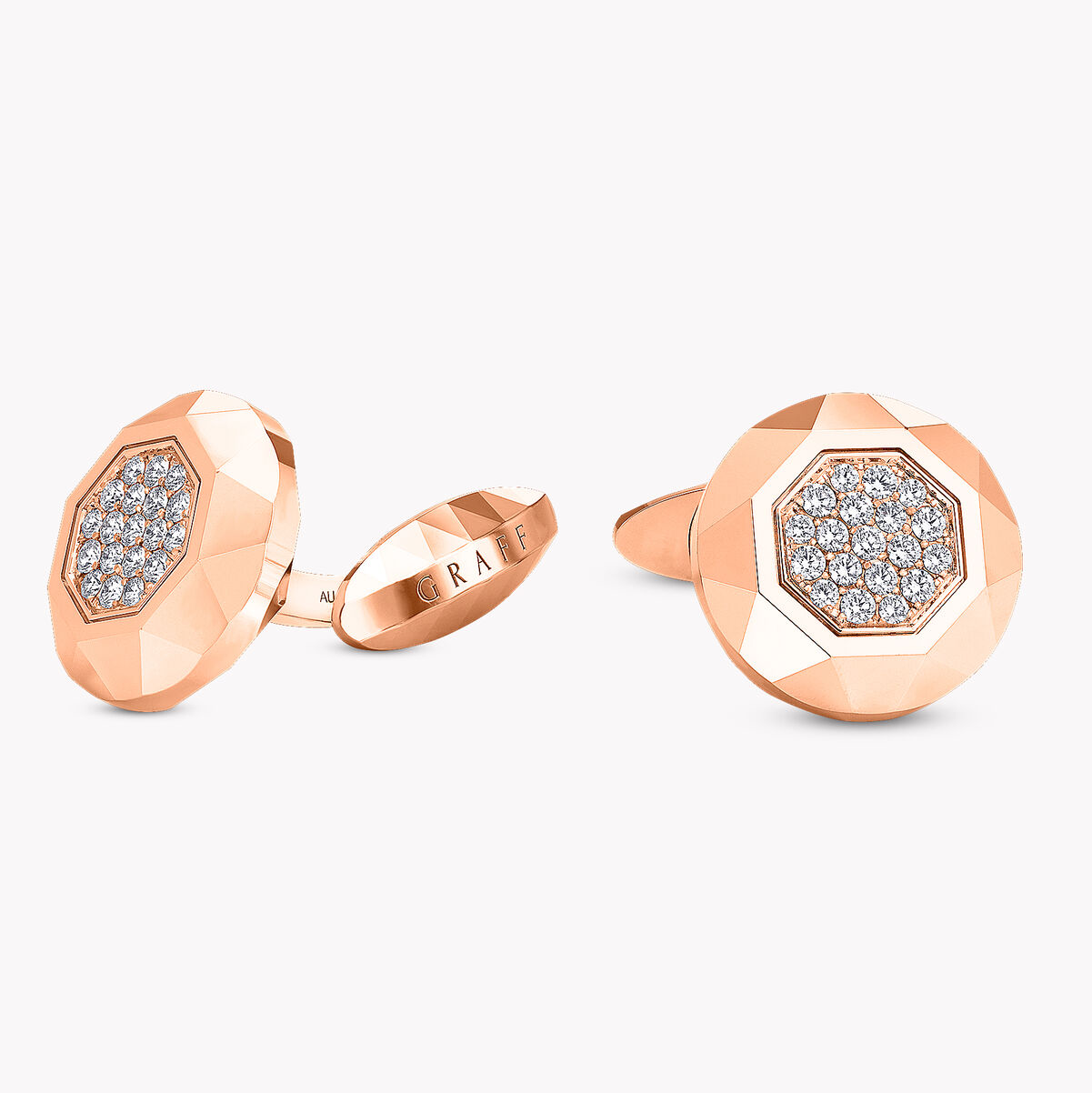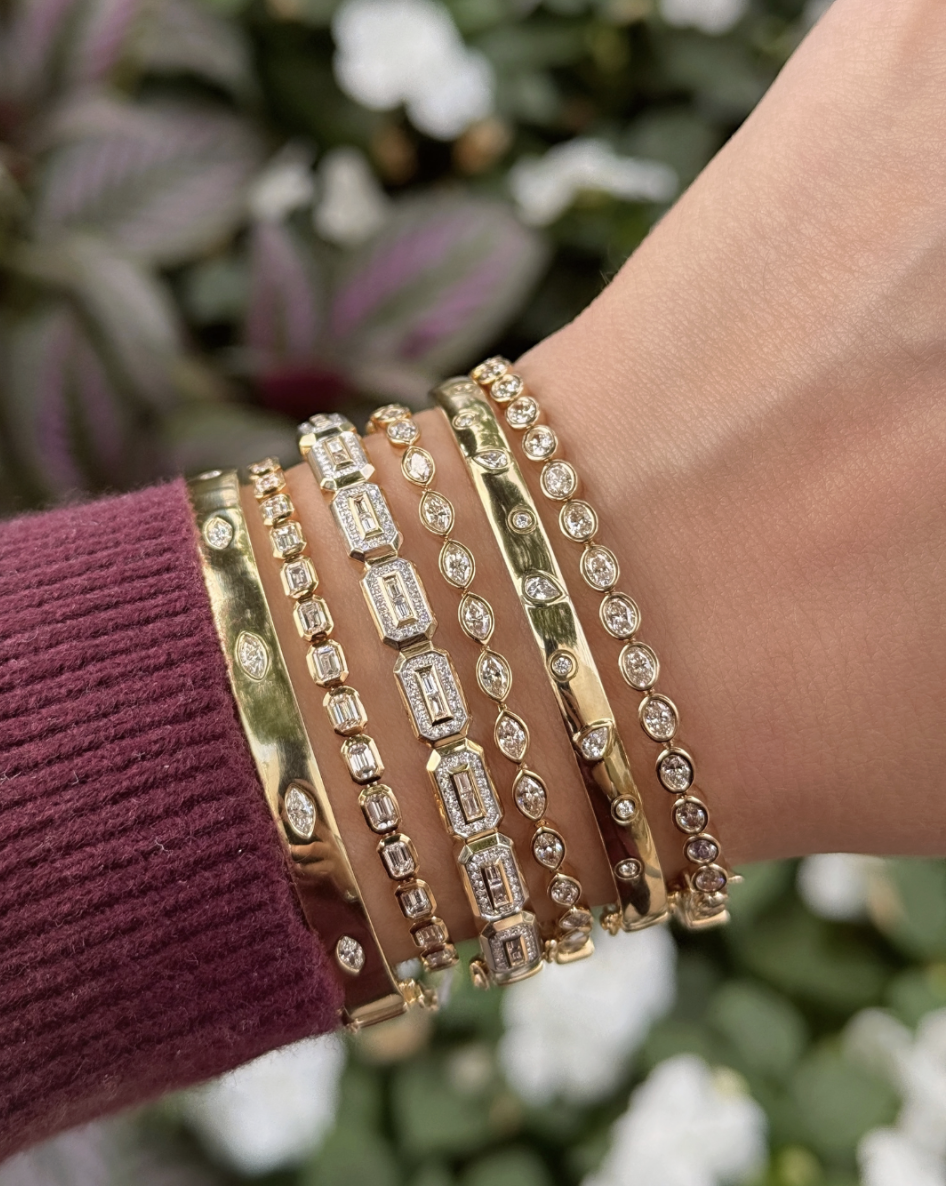< Culture & Style / Jewelry Trends
Diamond Cufflinks:
The Ultimate Guide to the Most Underrated Accessory
Discover why diamond cufflinks are making a major comeback in men’s style, from their history to their modern appeal and investment value.

De Beers 18K white gold Knot cufflinks set with round brilliant micropavé diamonds (Only Natural Diamonds)
Watches and rings often get all the glory in terms of men’s jewelry, but the quiet luxury power of natural diamond cufflinks should get its rose too.
These miniature works of art bring a depth of detail to an outfit that no ordinary button ever could. More than functional fasteners, they’re small-scale sculptures that telegraph taste. And when you add natural diamonds to the mix, they instantly elevate the look, giving even the simplest shirt a sharper, more refined finish.
Ahead, explore the history of this understated accessory, what defines exceptional quality, and why it’s having a full-fledged renaissance in men’s style right now.
Meet the Experts
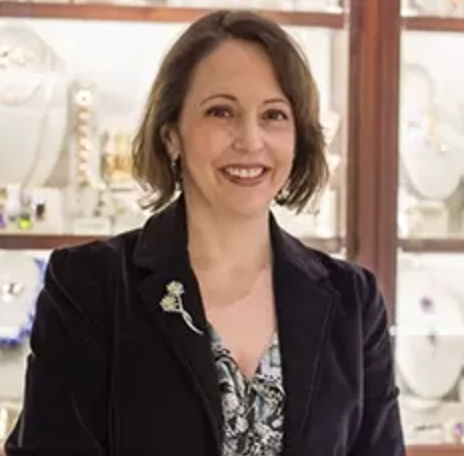
Nicole Corsini is the Director of Marketing at Lang Antiques, one of the leading destinations for antique and estate jewelry. With deep expertise in historical craftsmanship, diamond cuts, and provenance, she brings a seasoned, collector-level perspective to evaluating high-quality vintage pieces.
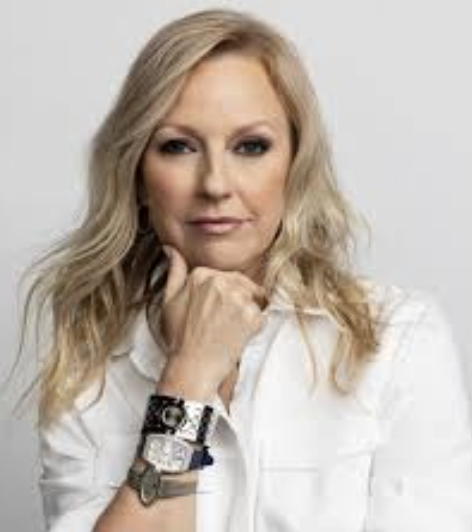
Reyne Hirsch is the Brand Ambassador for CIRCA, one of the world’s premier buyers of fine jewelry, diamonds, and luxury watches. With decades of experience as a luxury specialist and appraiser, she offers an insider’s perspective on market value, authenticity, and what truly defines collectible pieces.
A Brief History of Cufflinks
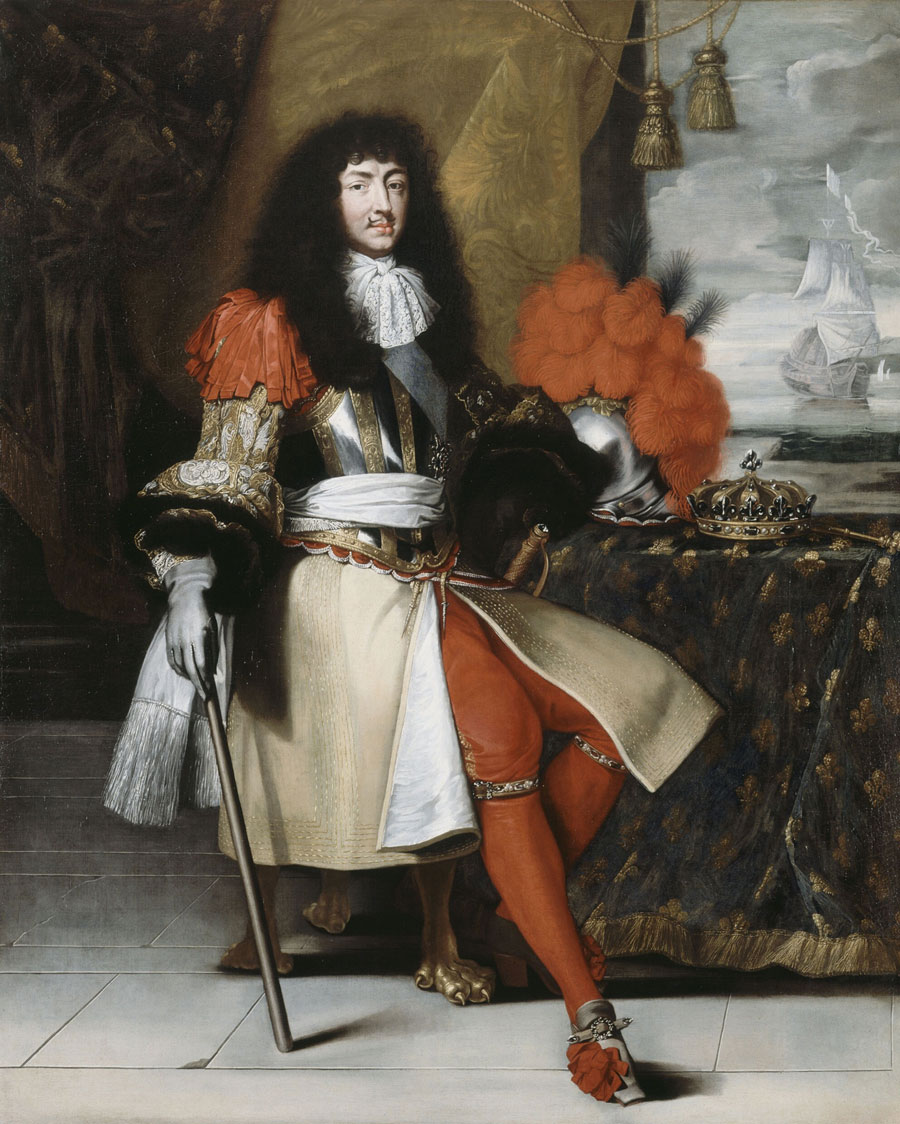
When many of us picture the heyday of cufflinks, classic movie stars like Cary Grant, Bing Crosby, and the members of the Rat Pack come to mind. These guys were in tuxedos half the time the public saw them, and you can bet they were wearing all of the correct accoutrements.
Cufflinks trace their origins to the mid-17th century, when King Louis XIV popularized boutons de manchette—decorative “sleeve buttons” made of ribbon and glass. But it wasn’t until the early Victorian era, with the rise of men’s tailored shirts and detachable collars, that they truly became essential. Over time, those early sleeve buttons evolved into the more sophisticated two-part fasteners we recognize today. Materials like glass, enamel, silver, and gold were common in the earliest designs.

Natural diamonds began appearing in designs during the Georgian and Victorian periods, often set with rose-cut or old mine-cut diamonds. Adding diamonds elevated cufflinks from functional accessories to clear markers of status and refinement. Many featured symbolic motifs like family crests, monograms, knots, and heraldic designs, further underscoring their role as small but powerful expressions of identity and prestige.
By the 19th century, industrialization had made cufflinks far more accessible, turning them into an everyday necessity as starched, tailored shirts became standard menswear. Their artistic evolution accelerated in the 1920s through the 1940s, when the Art Deco movement introduced bold geometric designs, platinum settings, and baguette-cut diamonds. The mid-century decades shifted toward sleeker, modernist silhouettes, though gemstones and precious metals still appeared throughout fine designs.

As casual wear gained ground in the late 20th century, cufflinks naturally saw less daily use—though they never disappeared entirely. The power-dressing ethos of the 1980s reintroduced bolder accessories, keeping them in rotation even as fashion loosened. In recent years, the category has surged again, fueled by a renewed appreciation for luxury craftsmanship. Diamond versions, in particular, have reentered the spotlight, now seen not only at black-tie events but also in boardrooms and modern offices—valued for their elegance, heritage, and lasting investment appeal.
The most common styles include:
Classic studs:
A traditional fixed-back style where the diamond is set into a solid front plate. Clean, timeless, and the closest to the original cufflink form.
Pavé diamonds:
Front surfaces set with multiple small diamonds for a high-sparkle, luxurious look—often seen in modern and evening styles.
Solitaire diamonds:
A single prominent diamond in each link, offering understated refinement and strong emphasis on stone quality.
Colored diamonds:
Designs featuring black diamonds (the most popular), champagne, cognac, or other fancy-color diamonds.
Mixed-materials:
Diamonds paired with materials like onyx, mother-of-pearl, enamel, or colored gemstones—especially common in vintage and luxury contemporary designs.
Vintage or Art Deco:
Geometric, engraved, or filigree-forward designs from the 1920s–1940s, often with old-cut diamonds and platinum or white gold mounts.
What to Look for in Diamond Cufflinks
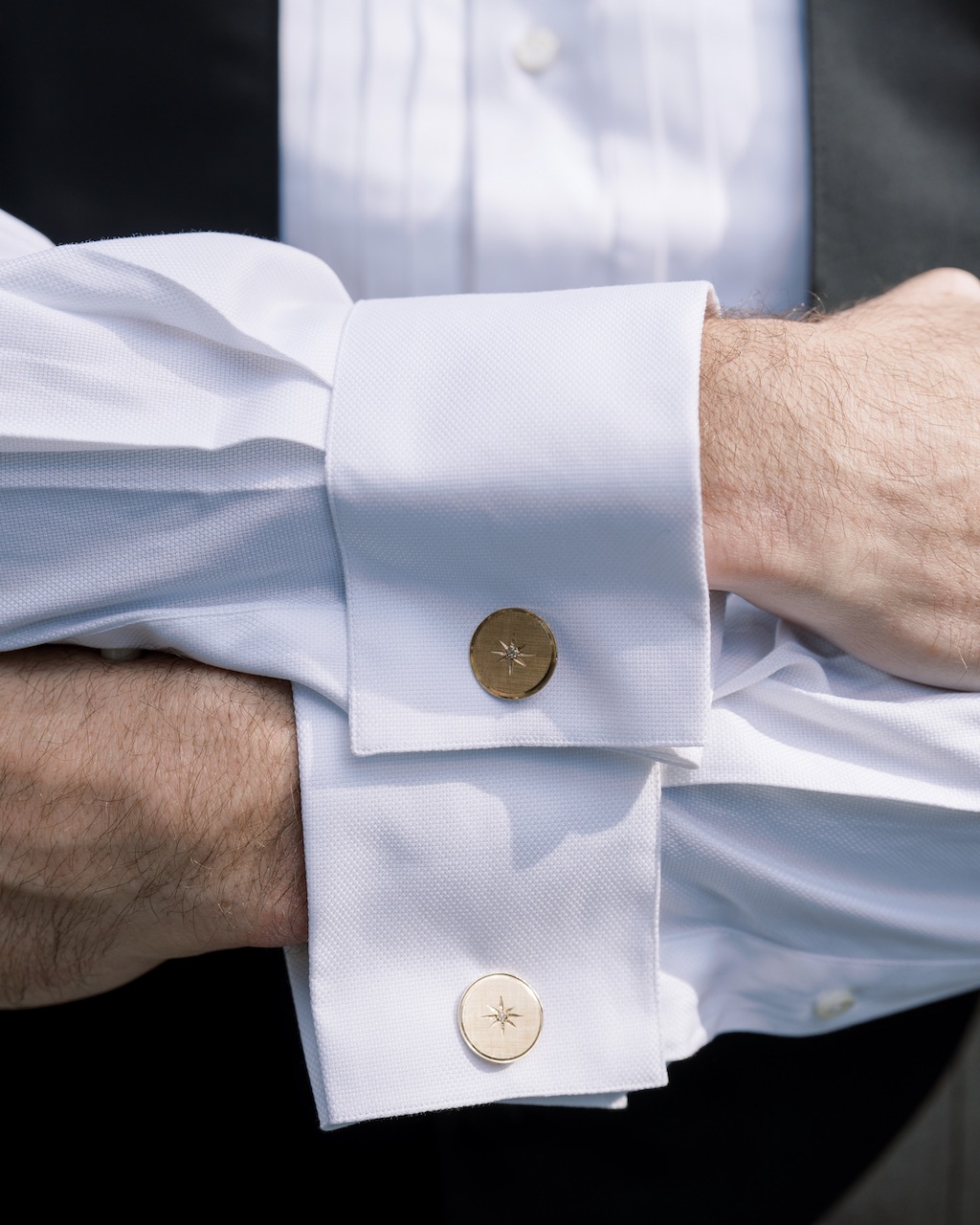

When it comes to evaluating the quality of diamond cufflinks, expertise matters—and few know antique and vintage pieces better than Nicole Corsini, Director of Marketing at Lang Antiques. She told Only Natural Diamonds that buyers should approach cufflinks the same way they would any fine diamond jewelry: by paying close attention to authenticity, craftsmanship, and historical details.
Authenticity and Provenance
Corsini, who has written extensively on antique diamonds, said just as with other vintage diamond jewelry, it’s important to look for hallmarks and maker’s marks, which can help identify the manufacturing provenance. “We always recommend to our collectors that they consider investing in their own 10x loupe, which will help to find these identifying marks more easily. A loupe will also allow you to examine the diamond cuts, which can give clues to the era of manufacturing, based on whether they are contemporary brilliant or antique cut diamonds,” she says.
Antique Links to Modern Bullet Backs
When it comes to understanding how cufflink mechanisms have evolved, Corsini notes a clear distinction between antique craftsmanship and modern practicality. She said, “For the highest end antique and vintage cufflinks, there are normally matching motifs on each side with a bar or link connector — double the beauty, but also double the materials and work for a jeweler to create! For more contemporary cufflinks, we see a preference for the bullet back style, as they are easy to put in and have a clean, finished look on the back/reverse side.”
Wear and Durability Considerations
Corsini notes that, much like a frequently worn diamond ring, diamond cufflinks benefit from routine checkups. Bringing them to a trusted jeweler for periodic maintenance ensures the stones remain secure and the hinge or swivel mechanisms stay in proper working order.
Proper storage is just as important. Cufflinks should be kept in a divided pouch or a dedicated jewelry box so they don’t knock against each other—or against other jewelry or watches—which can cause unnecessary wear or scratching over time.
Why Natural Diamond Cufflinks are Trending Right Now

Like a luxury watch, natural diamond cufflinks can be a wearable investment. High-quality examples are durable, versatile, and—depending on provenance, materials, and craftsmanship—can retain or even appreciate in value over time.
A perfect illustration is the set of Cartier “Hold Tight” cufflinks owned by King Edward VIII, a devoted admirer of fine cufflinks. The pair was famously gifted to Wallis Simpson during their relationship and later sold at Sotheby’s as part of her historic 1987 estate auction. The collection set multiple records, with many pieces far exceeding estimates due to the couple’s legendary love story—Edward VIII abdicated the throne to marry Simpson, giving their jewels a cultural significance that collectors still prize today. Their cufflinks, now privately held, remain among the most recognizable and romantic examples of diamond cufflinks in royal history.
Elevated Men’s Jewelry is a Growing Market

Jewelers and designers are seeing a clear uptick in men’s jewelry—rings, watches, brooches, and especially cufflinks. It reflects a broader cultural shift toward men embracing more personal and non-traditional forms of self-expression through fine jewelry, and cufflinks are often the easiest—and most wearable—entry point into that world. This trend mirrors findings from Natural Diamond Council’s 2024 Diamond Trends report, which noted rising interest in individuality and a move beyond classic round brilliants toward more distinctive diamond shapes and styles.
And with longtime cufflink loyalists like David Beckham, Ryan Gosling, Tom Hiddleston, and Idris Elba wearing them effortlessly on and off the red carpet, it’s no surprise more men are eager to join the club. That growing enthusiasm is something experts are noticing across the industry as well.
“Formal and business attire are experiencing a boom in 2025. We’re also seeing some of our favorite male celebrities wearing a bit more jewelry than before. For example, Harry Styles and Paul Mescal are often seen wearing jewelry on the red carpet,” says Reyne Hirsch, Brand Ambassador of CIRCA. “Cufflinks are also understated. So, if you want a little bling but don’t want to be “over the top,” cufflinks are a great way to make a casual look a little dressier.”
According to Technavio, the market is holding strong, with a projected 6.29% CAGR from 2024–2028—growth largely driven by younger consumers and, in particular, Millennials, who continue to favor personalized and custom fine jewelry. Cufflinks fit that appetite perfectly. Today’s standout designers include heavy hitters like Tom Ford, Boucheron, and Cartier, along with cult-favorite modern houses such as Shamballa Jewels and Deakin & Francis.
The Timeless Power of Understated Luxury
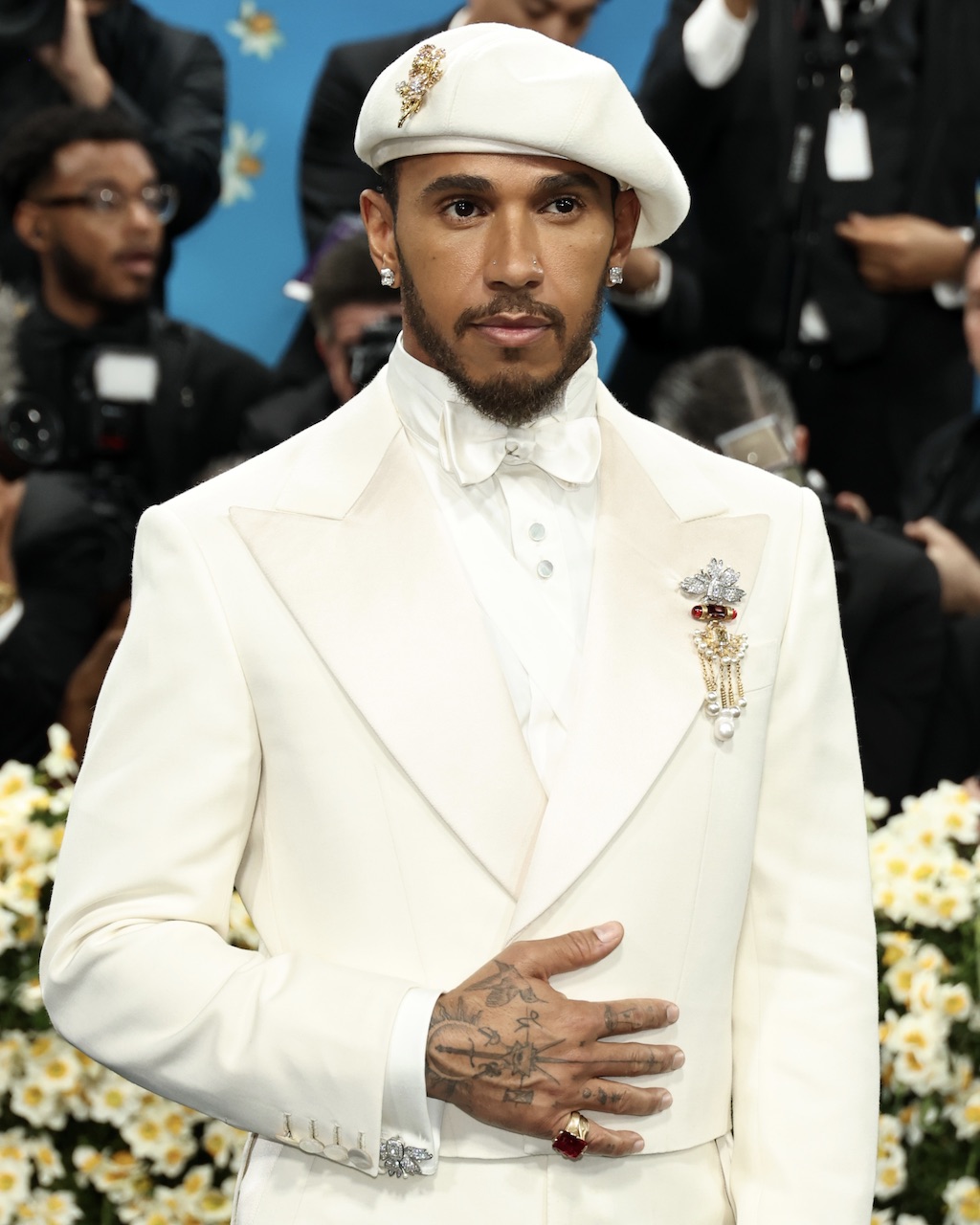
It’s also hard to compete with the uniqueness and brilliance of natural diamond cufflinks—the way they refract light, elevate a look, and make a statement with absolute precision. In the end, natural diamond cufflinks stand at the intersection of history, craftsmanship, and unapologetically dapper style—an accessory that will always speak volumes without ever needing to shout.
Shop Diamond Cufflinks
Get inspired by natural diamond styles from some of our favorite designers.
